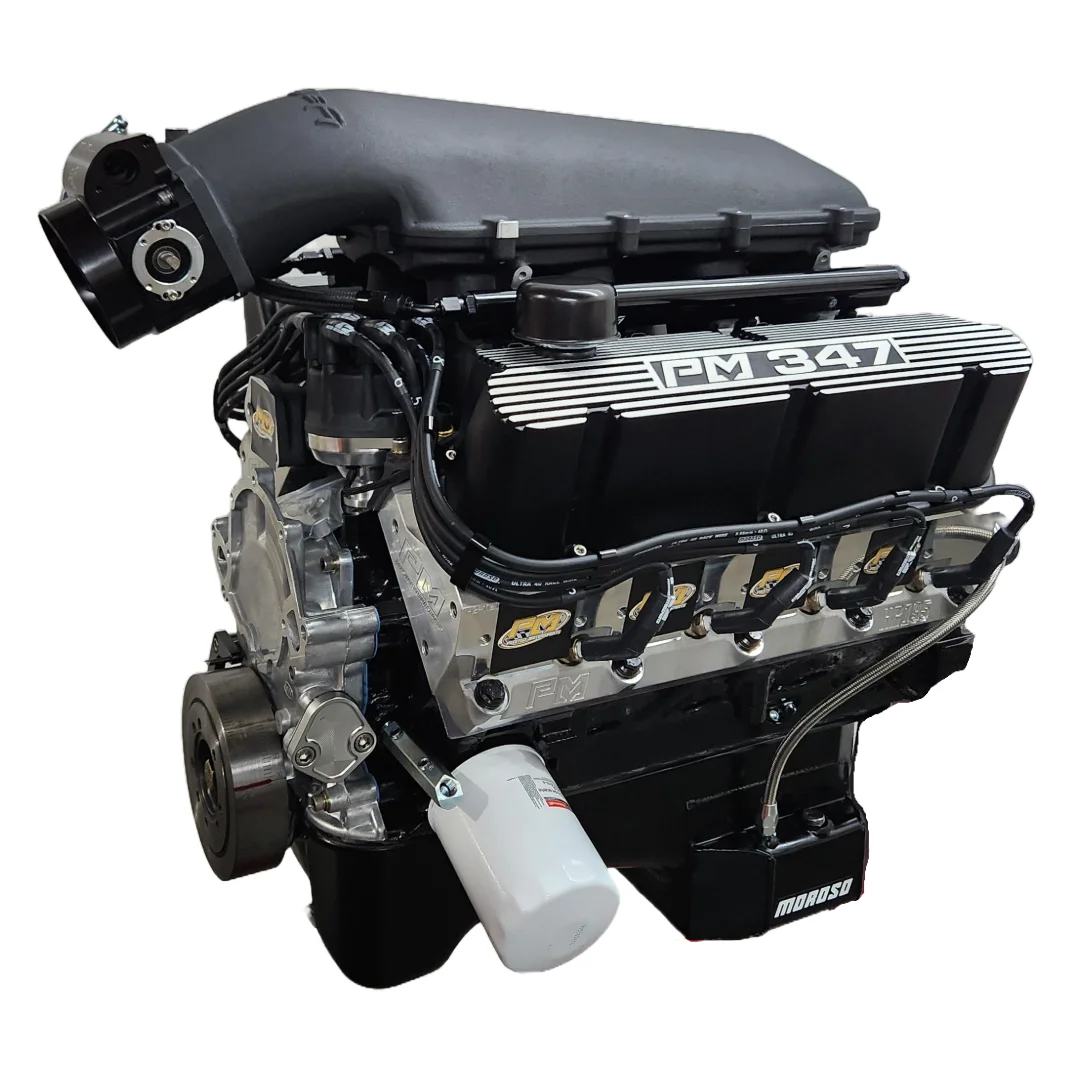So i'm sitting at about 420 HP currently with my 331, but that is going to change. If I go the way of making some port improvements to my DOOE heads, I could be in the range of 420 TQ and 440-450 HP. If I go the way of aluminum heads, I could be in the range of 440 TQ and 480 HP. I rev the engine to 7100 so that's a big factor in block longevity. The engine was balanced to 0 grams.
You hear numbers like 500HP being thrown about as the limit on stock SBF blocks, but there is more to it than just HP. RPM and balancing has to be considered as well. I used ARP main bolts, but I don't have a main girdle. I've read that girdles do little to keep the block from splitting or cracking. I am planning to just remove the top end from my engine in the car and not touching the bottom end.
If you have that kind of HP with a stock block, let me know. If you have split a block, let me know the engine specifics. If you have a story about someone you know with this kind of HP or worse yet a split block, let me know.
Thanks VMF
You hear numbers like 500HP being thrown about as the limit on stock SBF blocks, but there is more to it than just HP. RPM and balancing has to be considered as well. I used ARP main bolts, but I don't have a main girdle. I've read that girdles do little to keep the block from splitting or cracking. I am planning to just remove the top end from my engine in the car and not touching the bottom end.
If you have that kind of HP with a stock block, let me know. If you have split a block, let me know the engine specifics. If you have a story about someone you know with this kind of HP or worse yet a split block, let me know.
Thanks VMF






